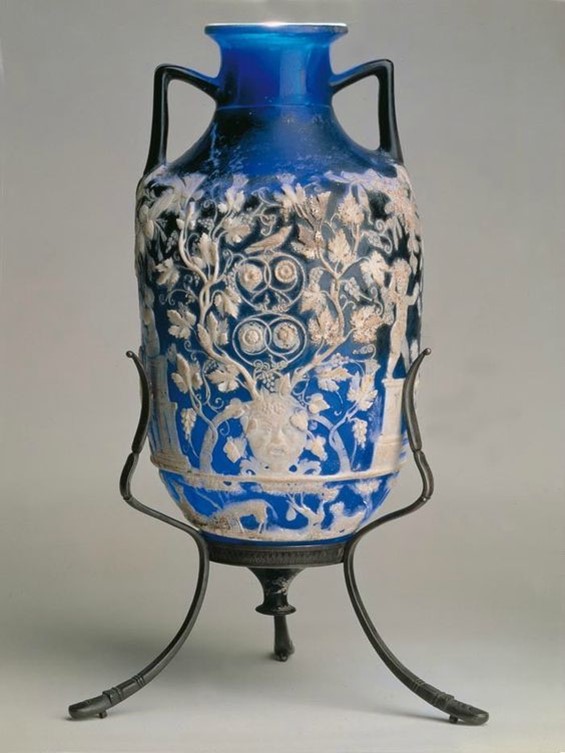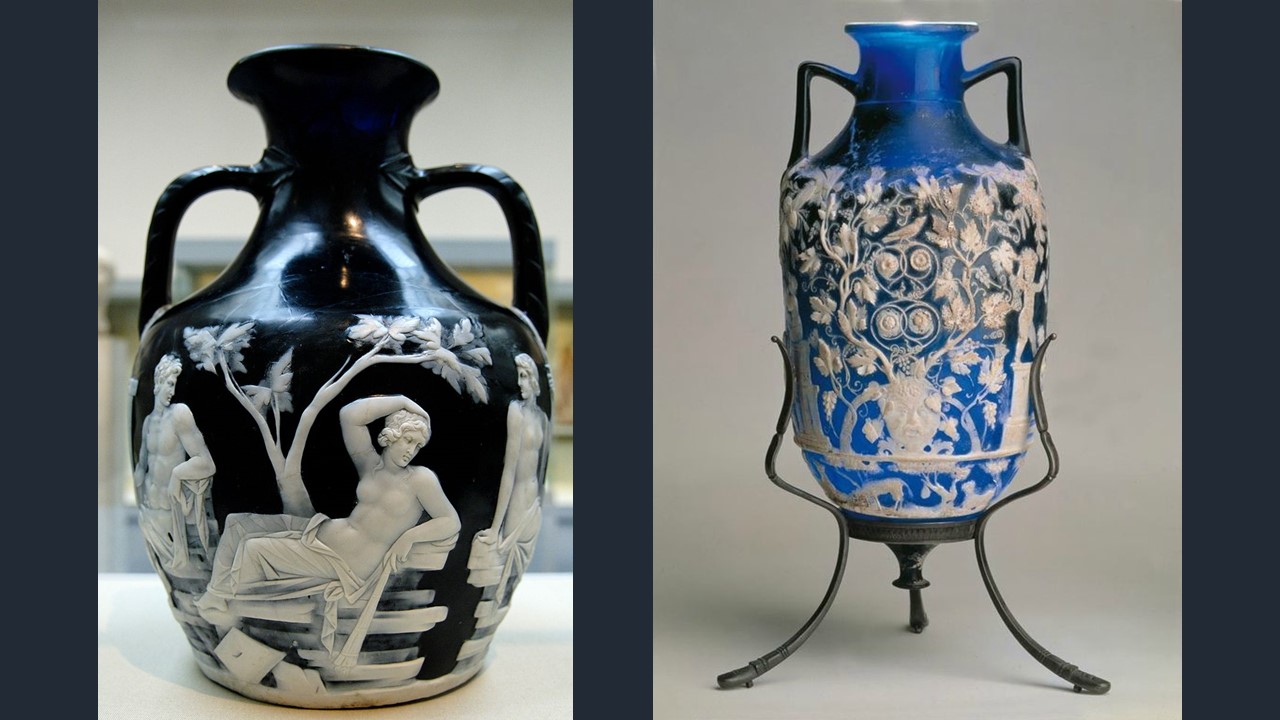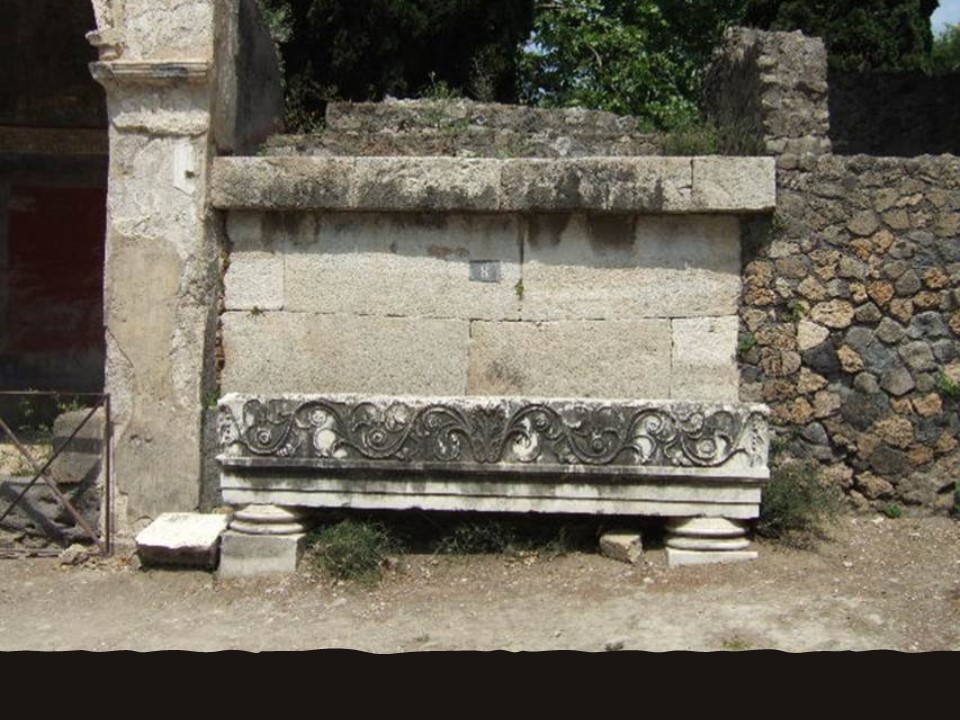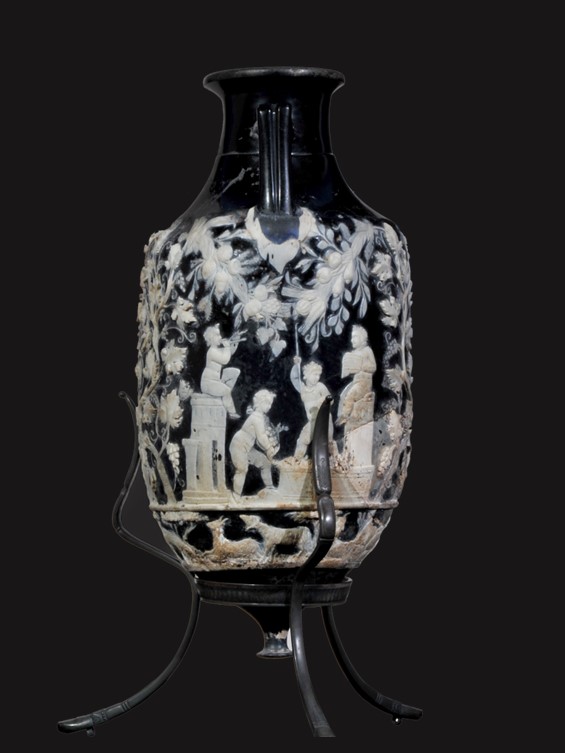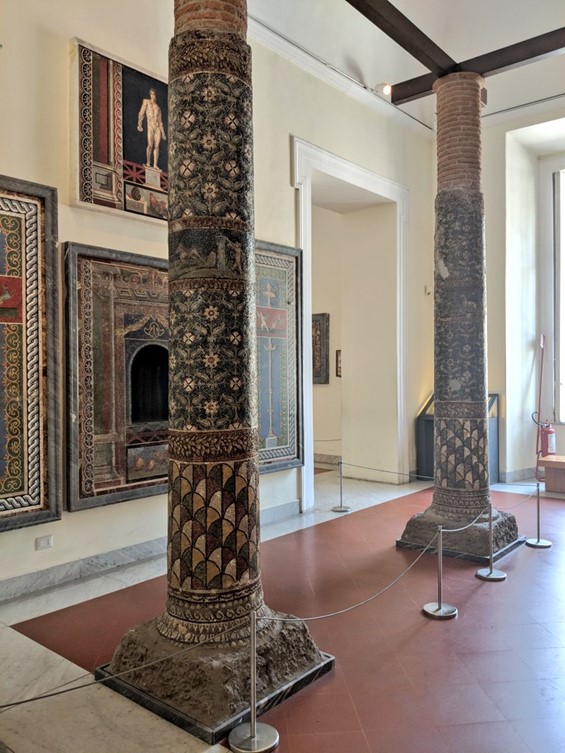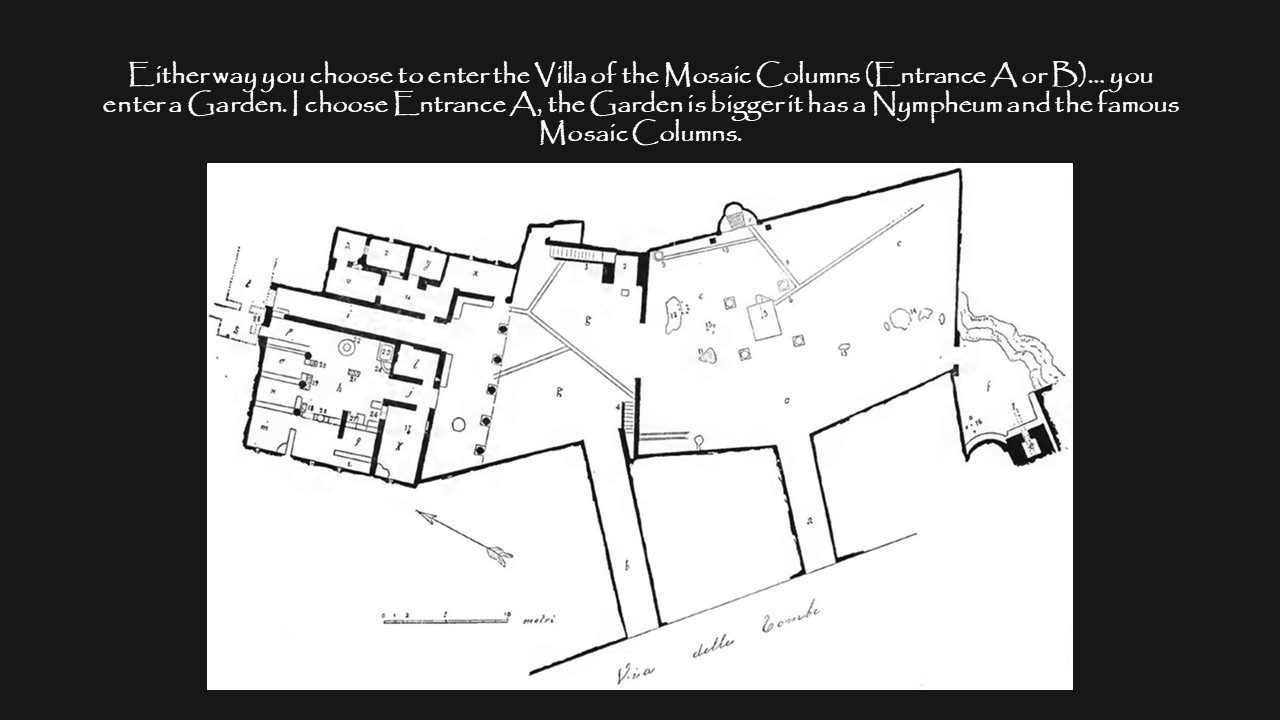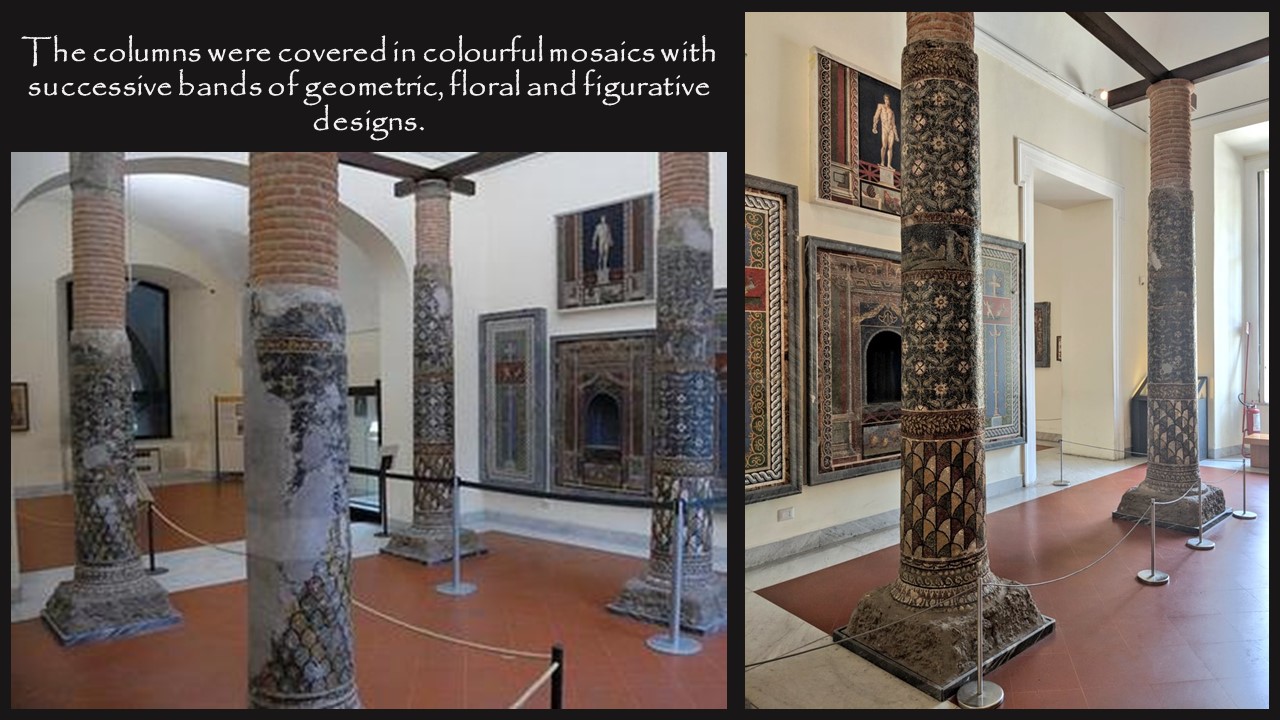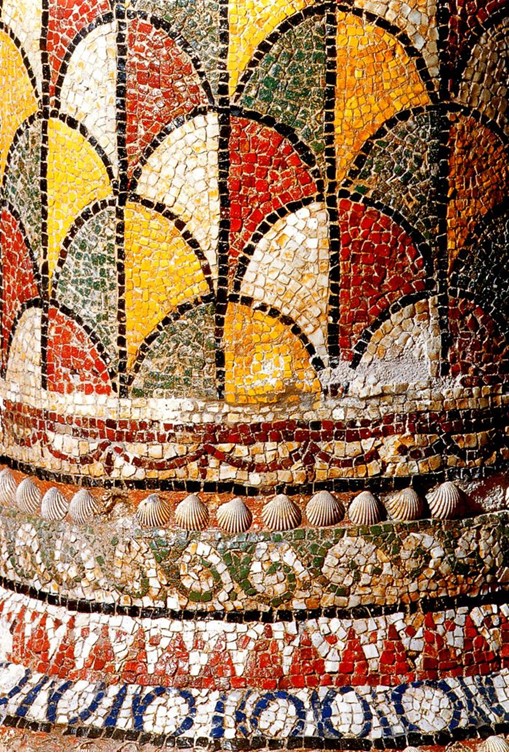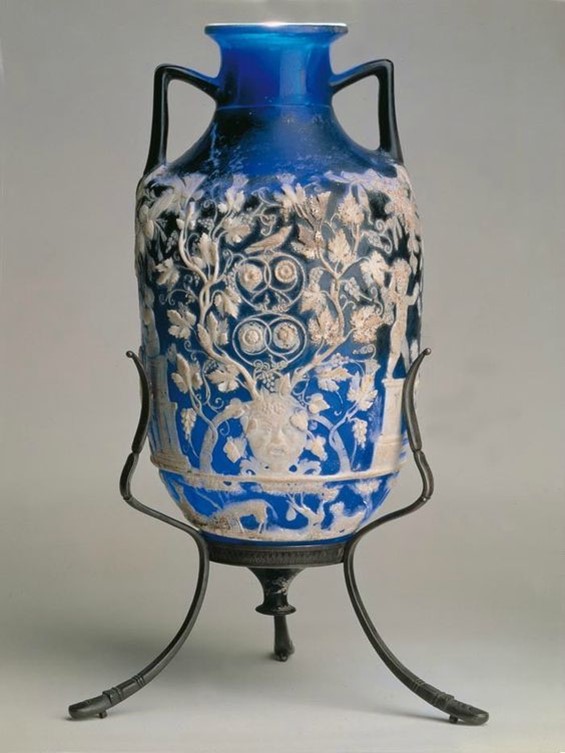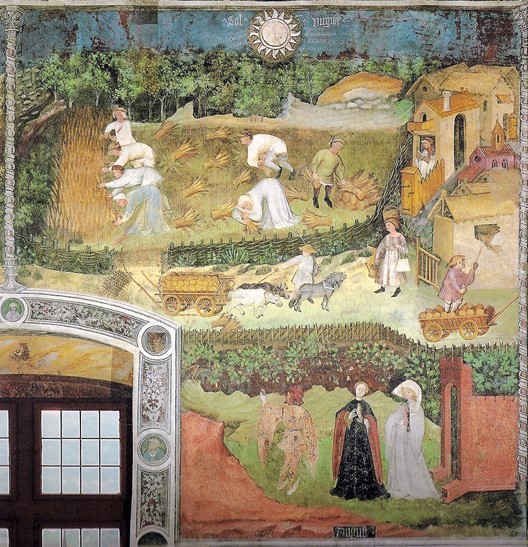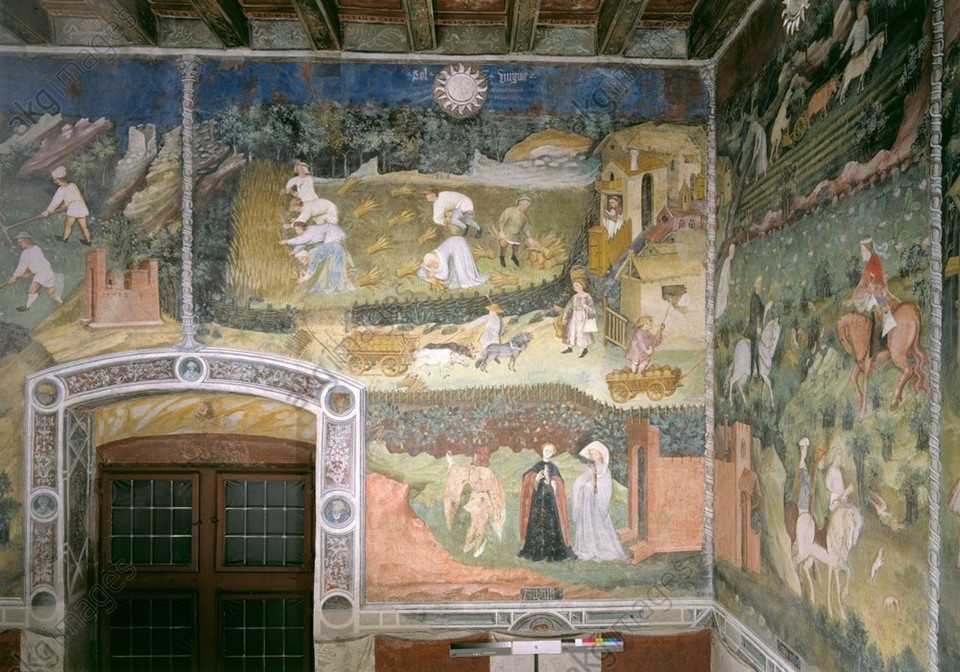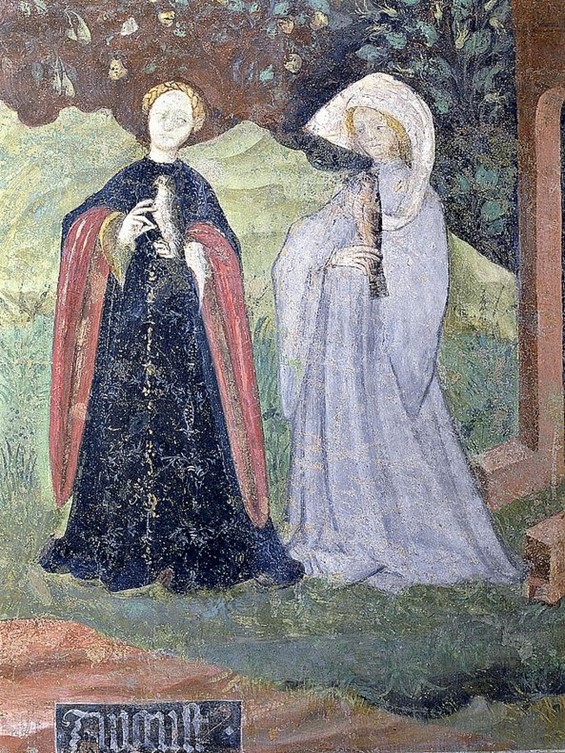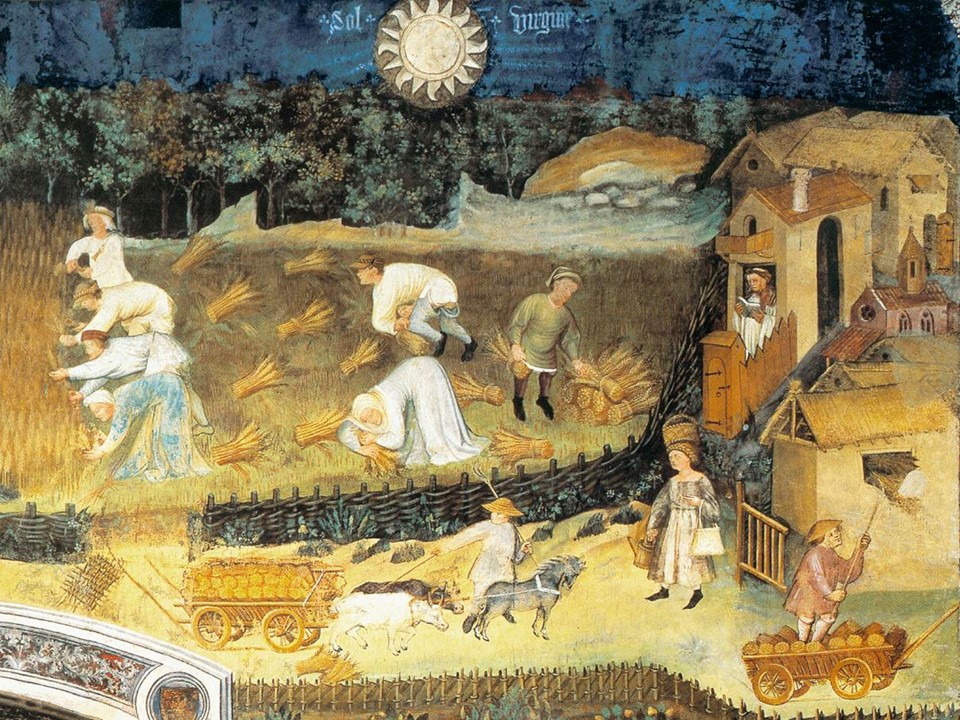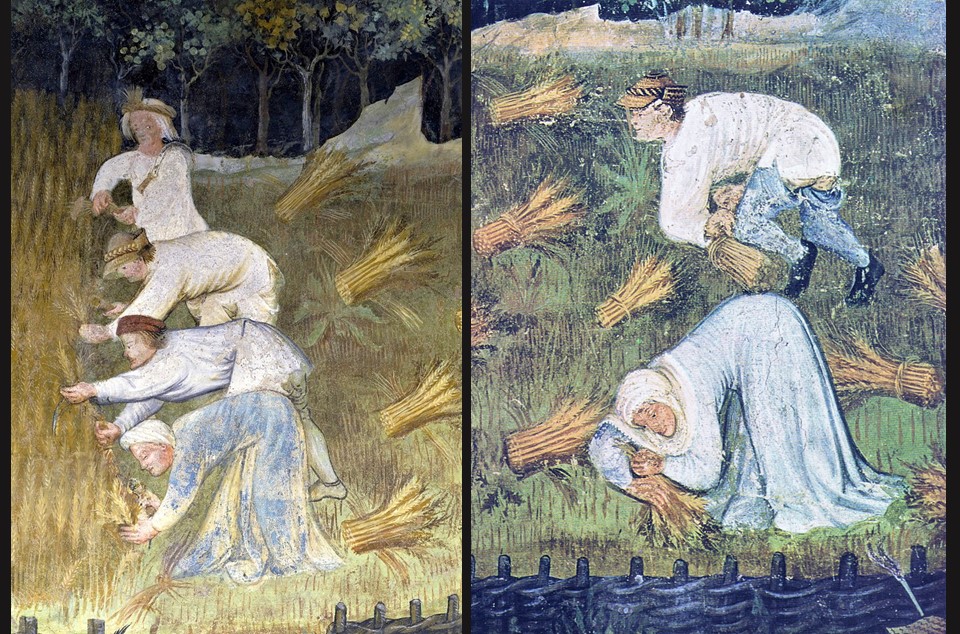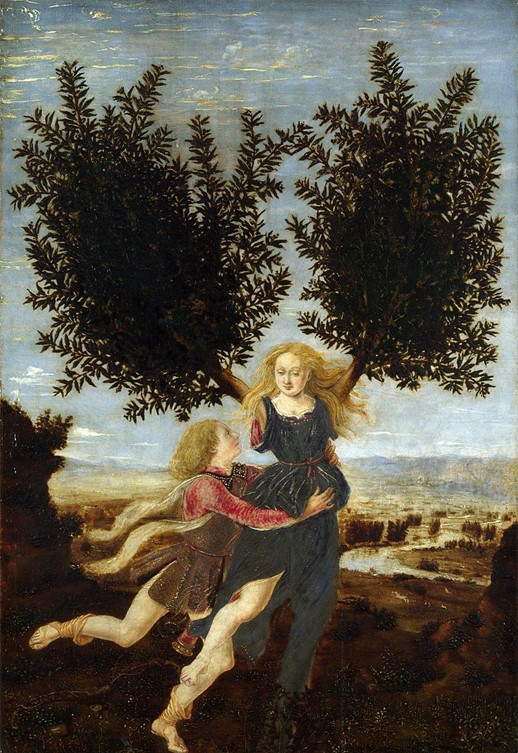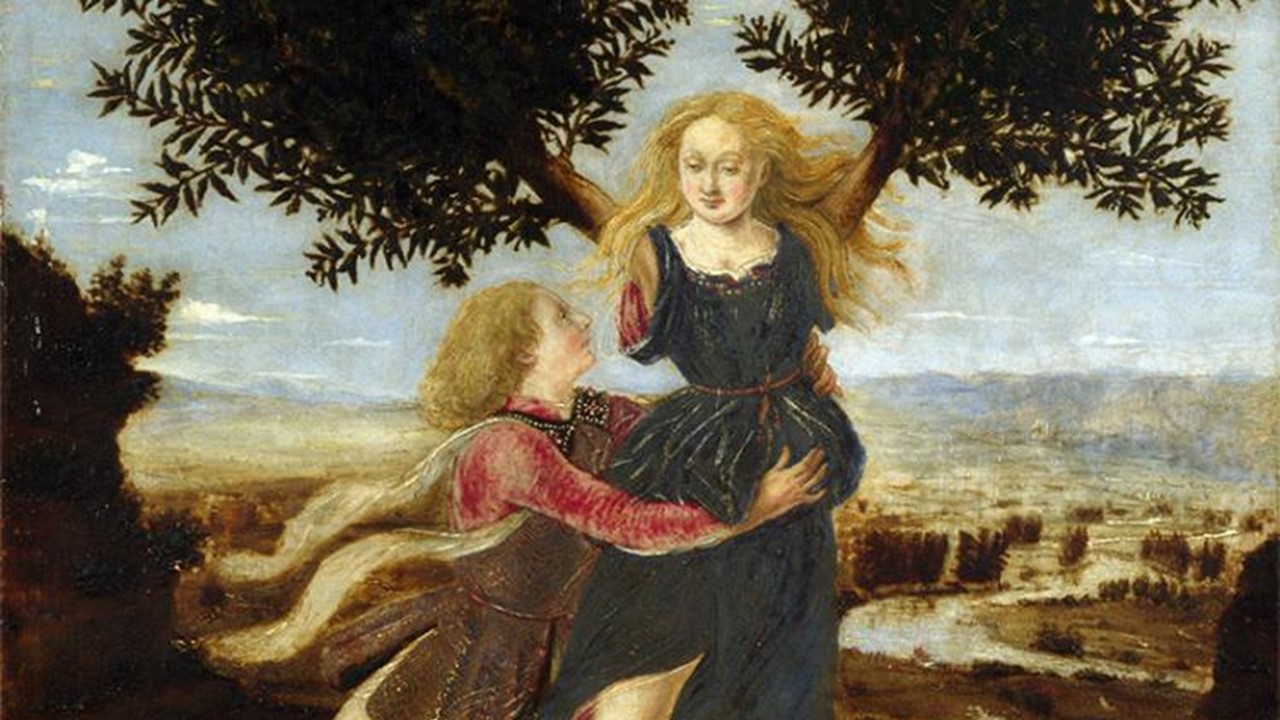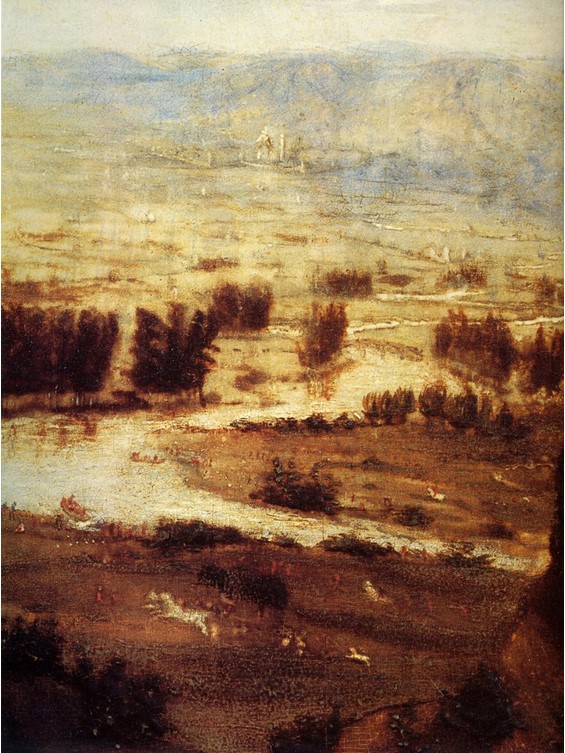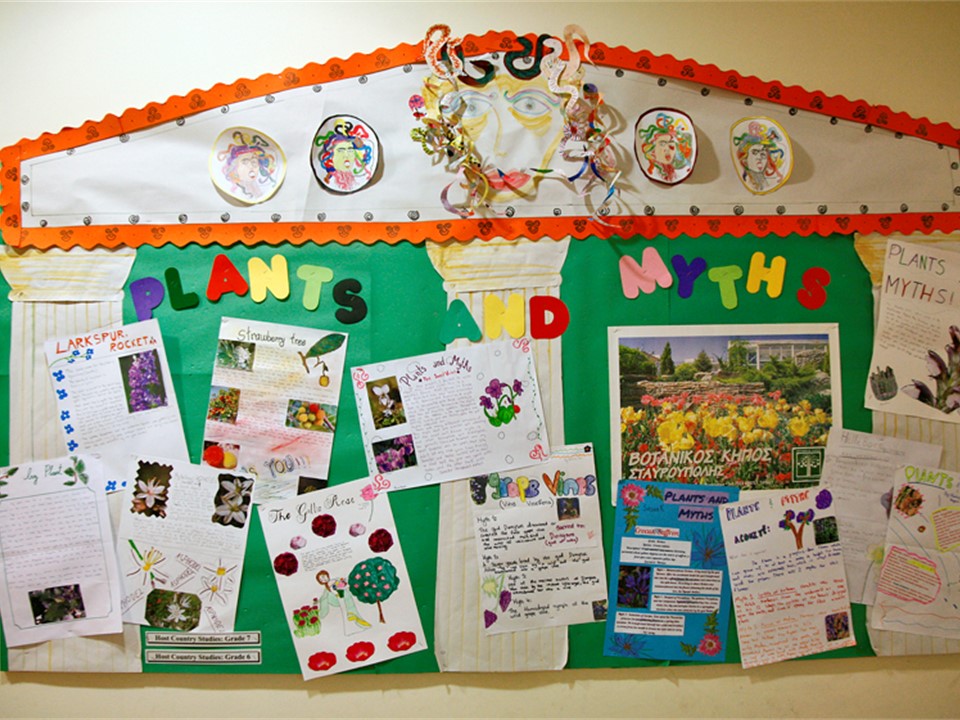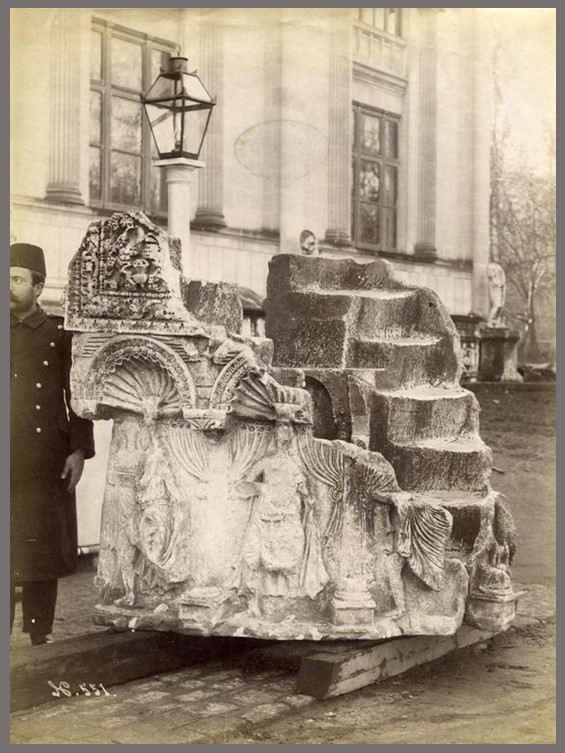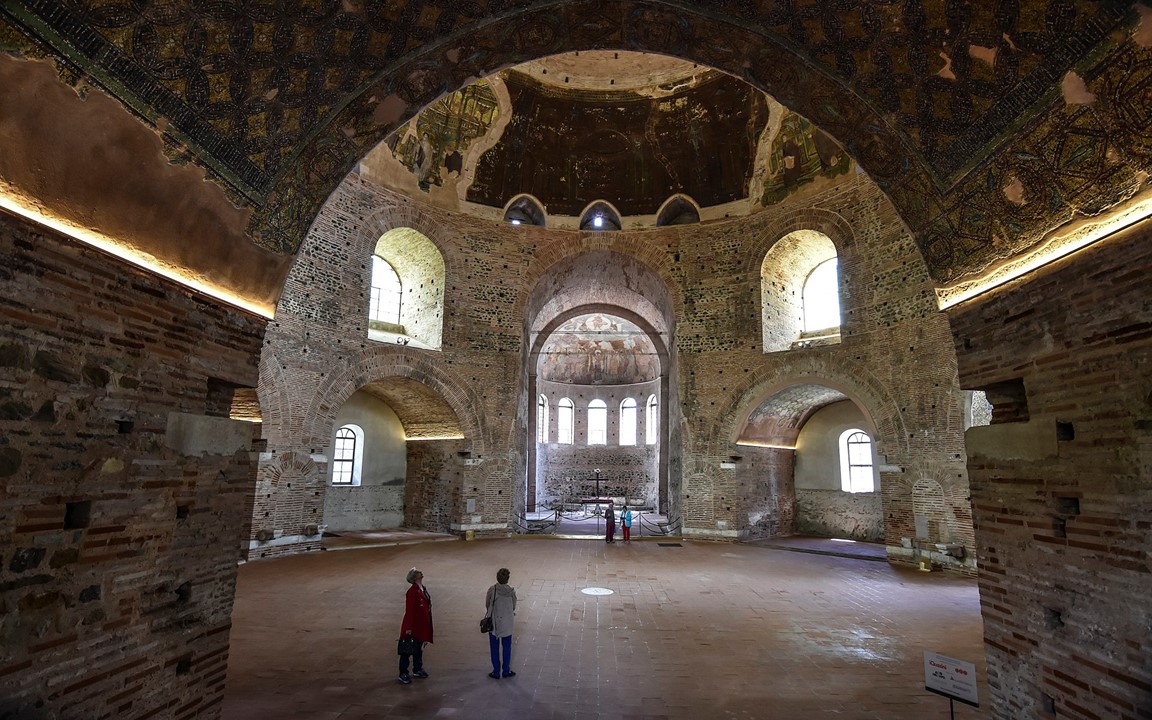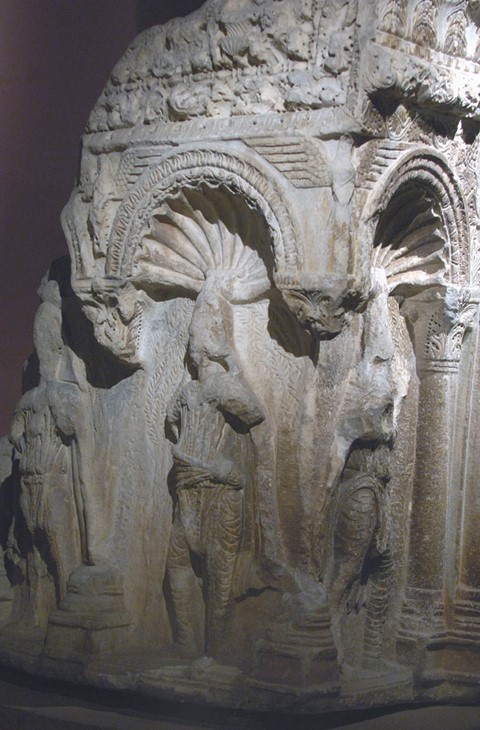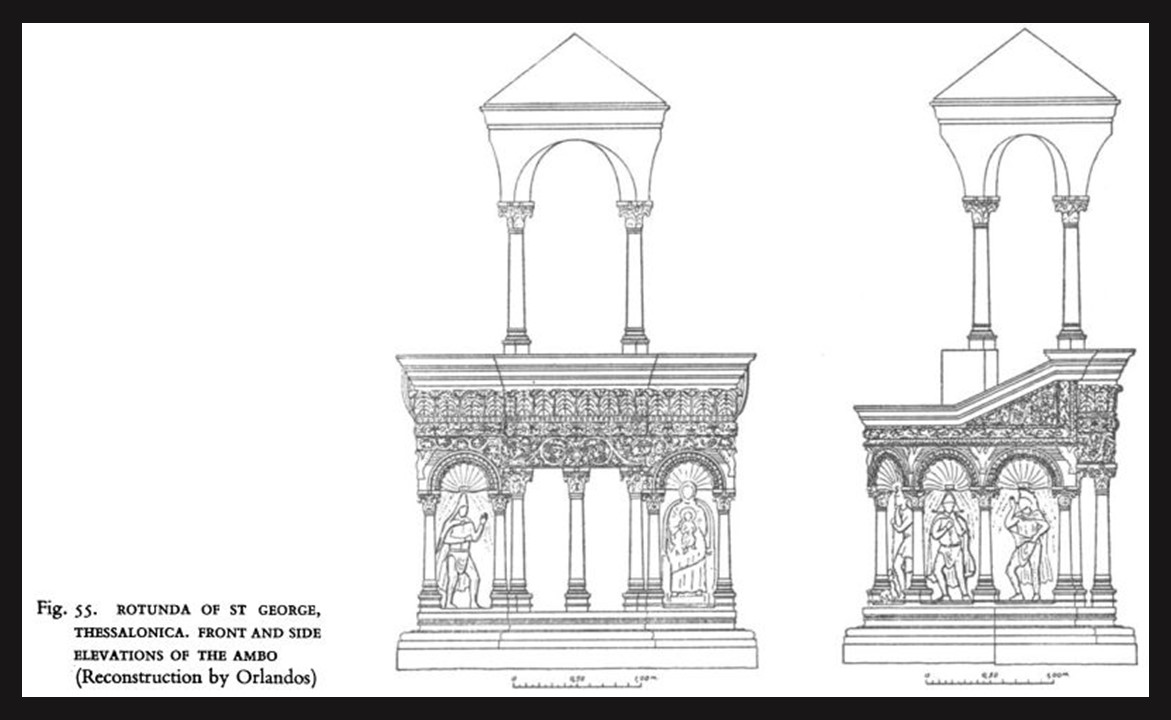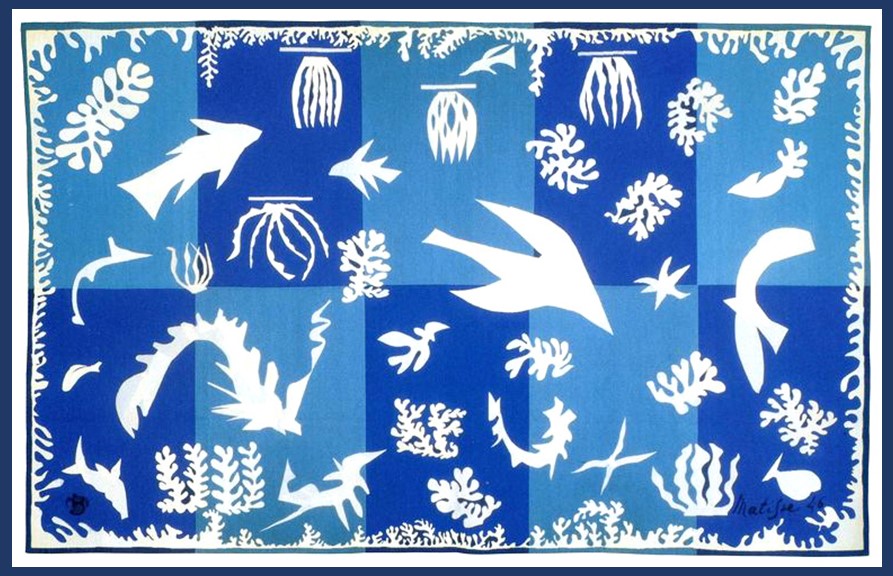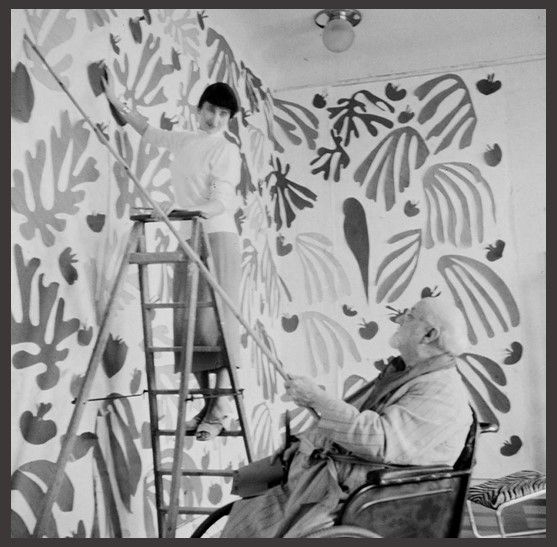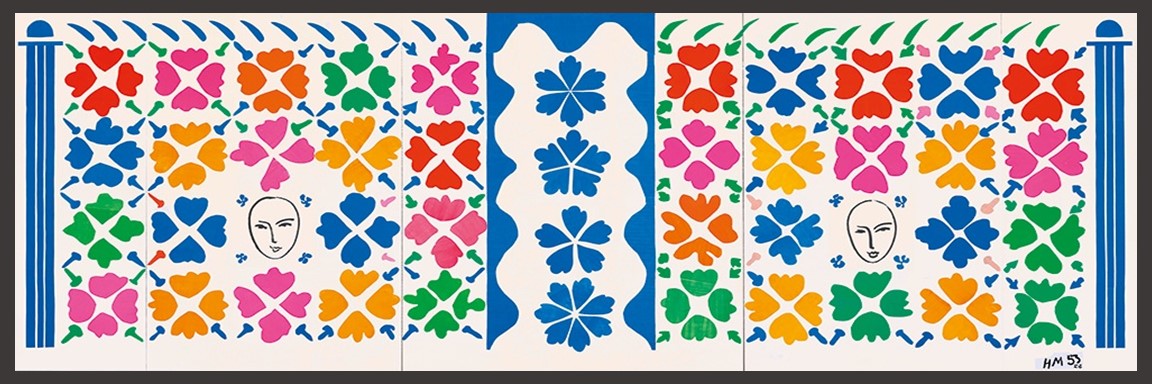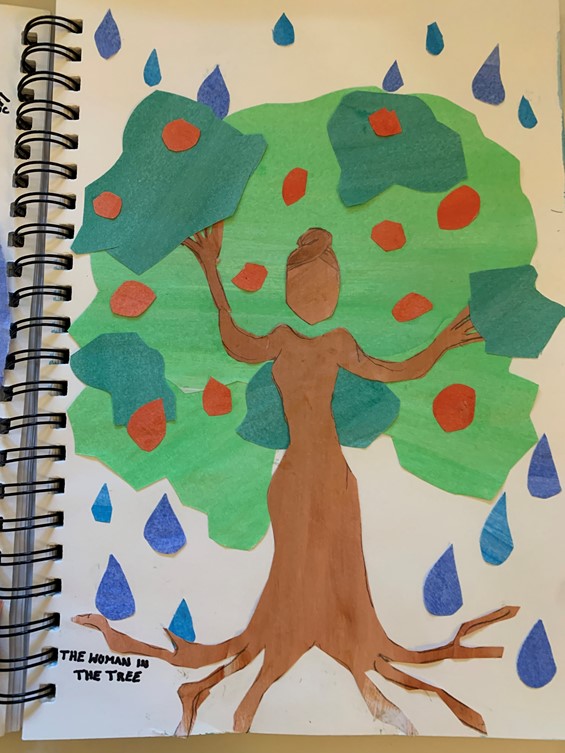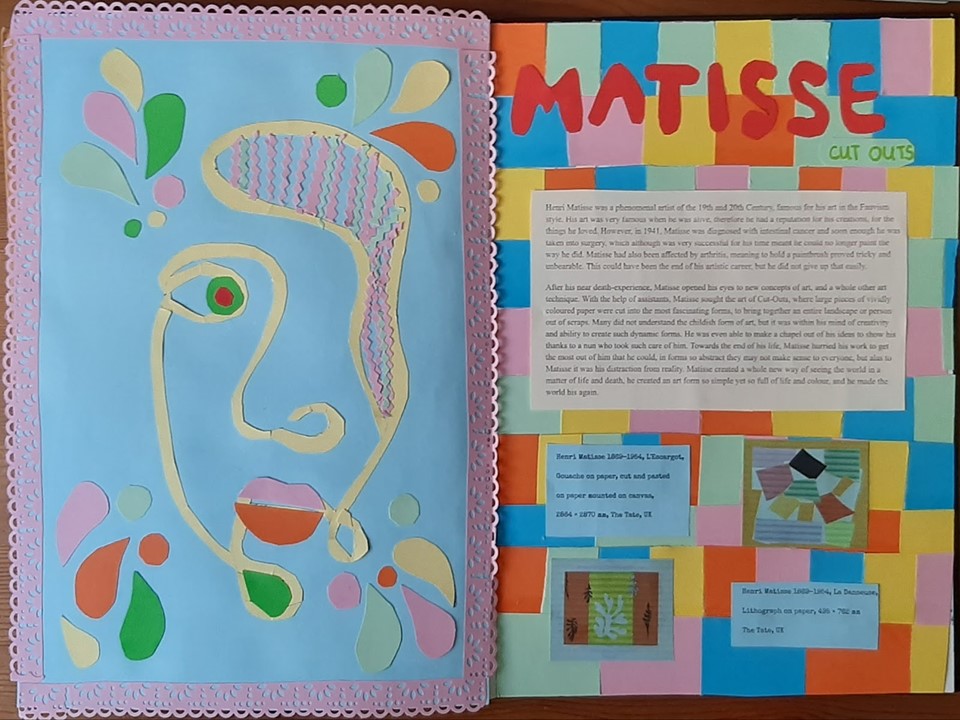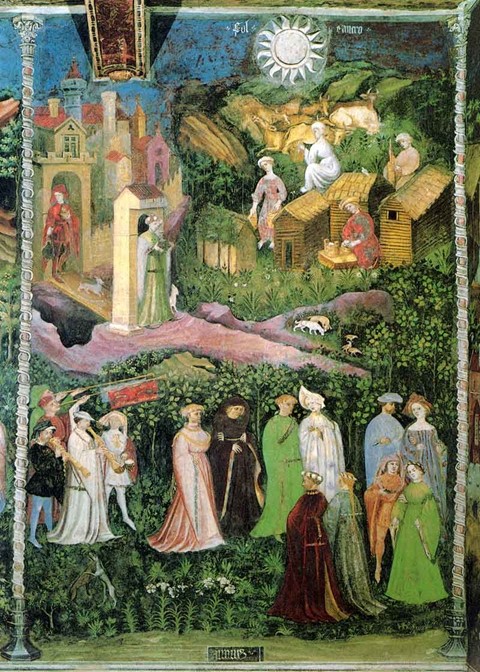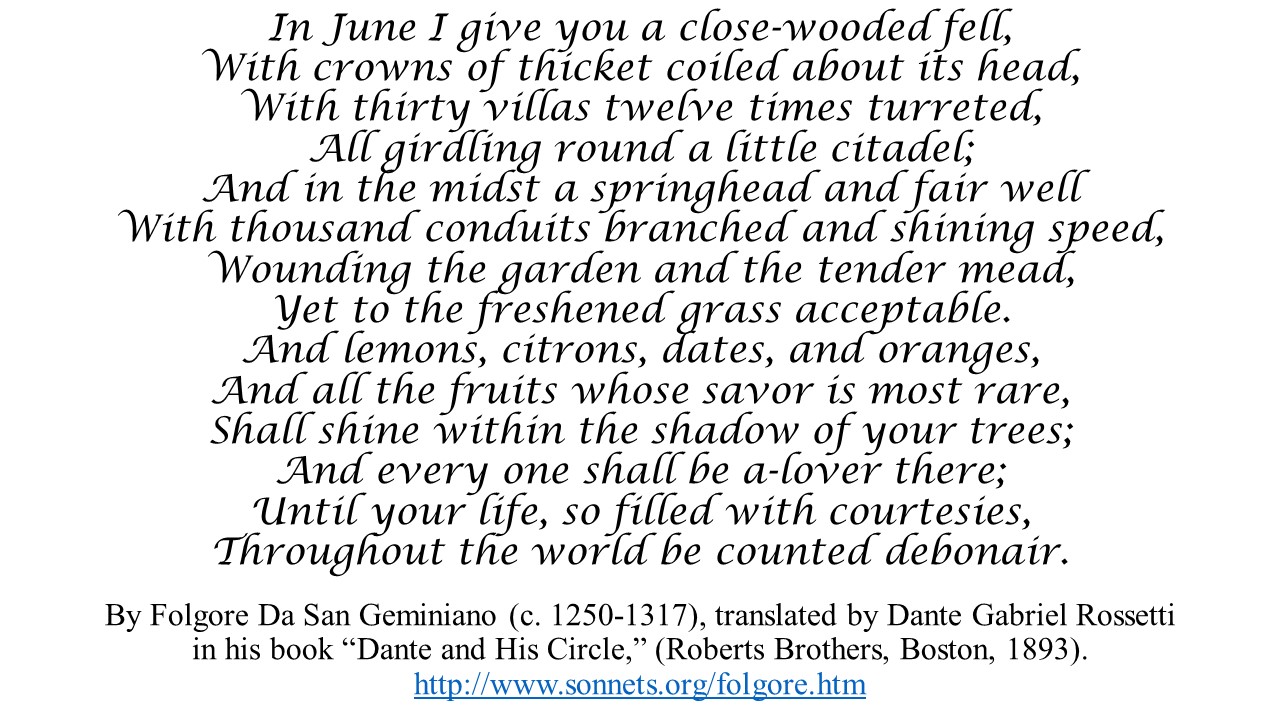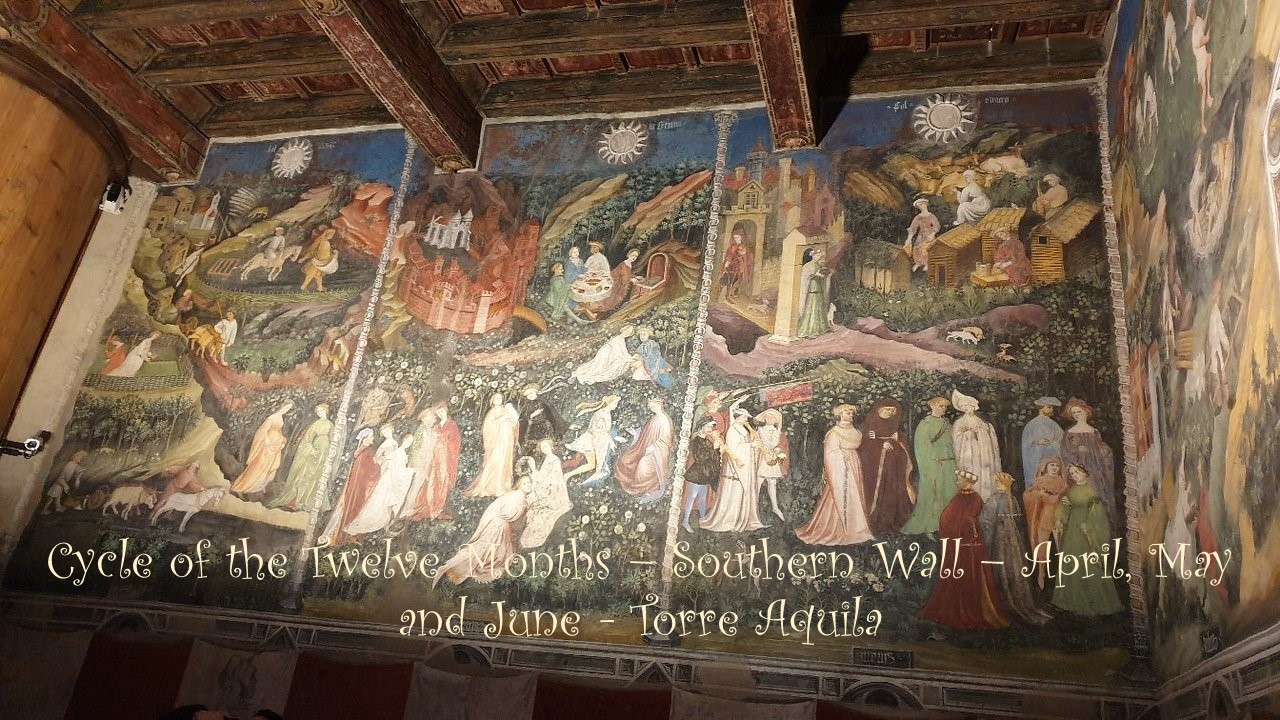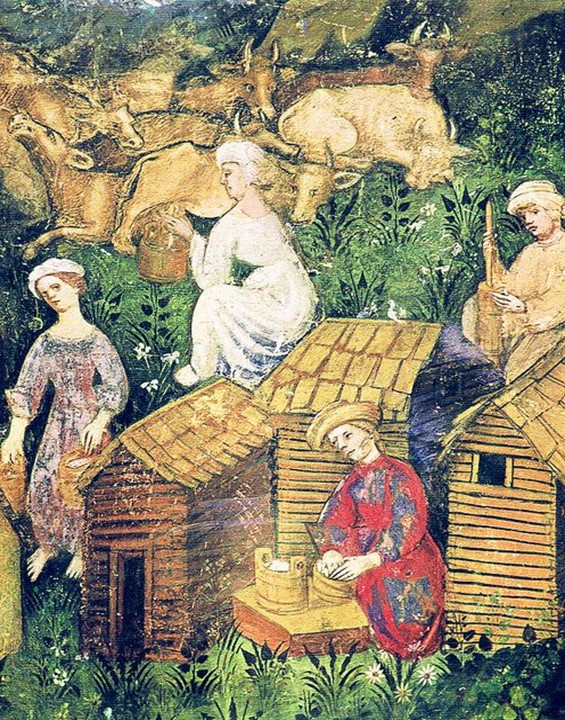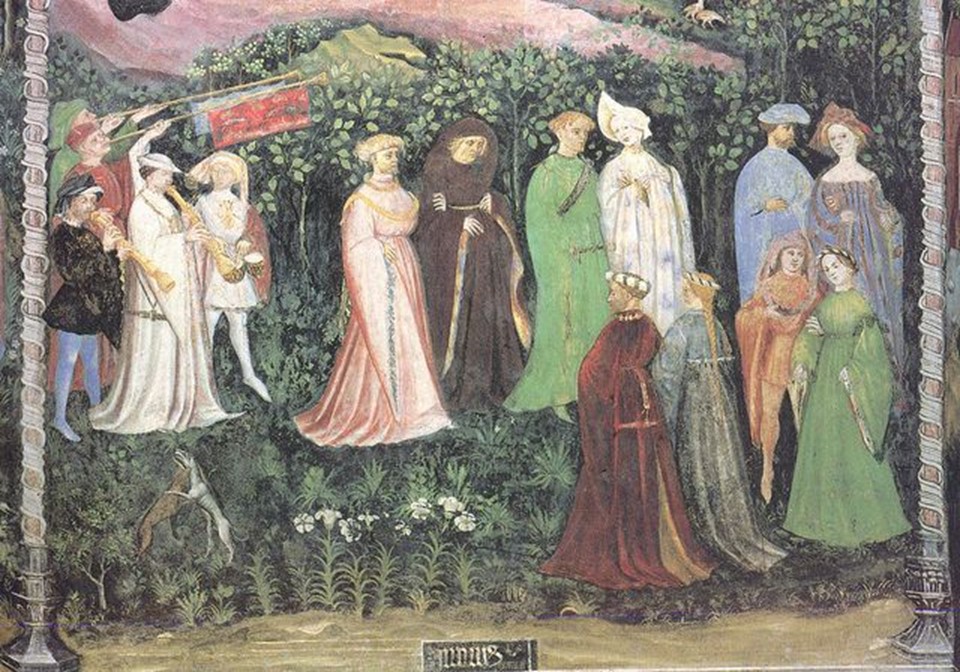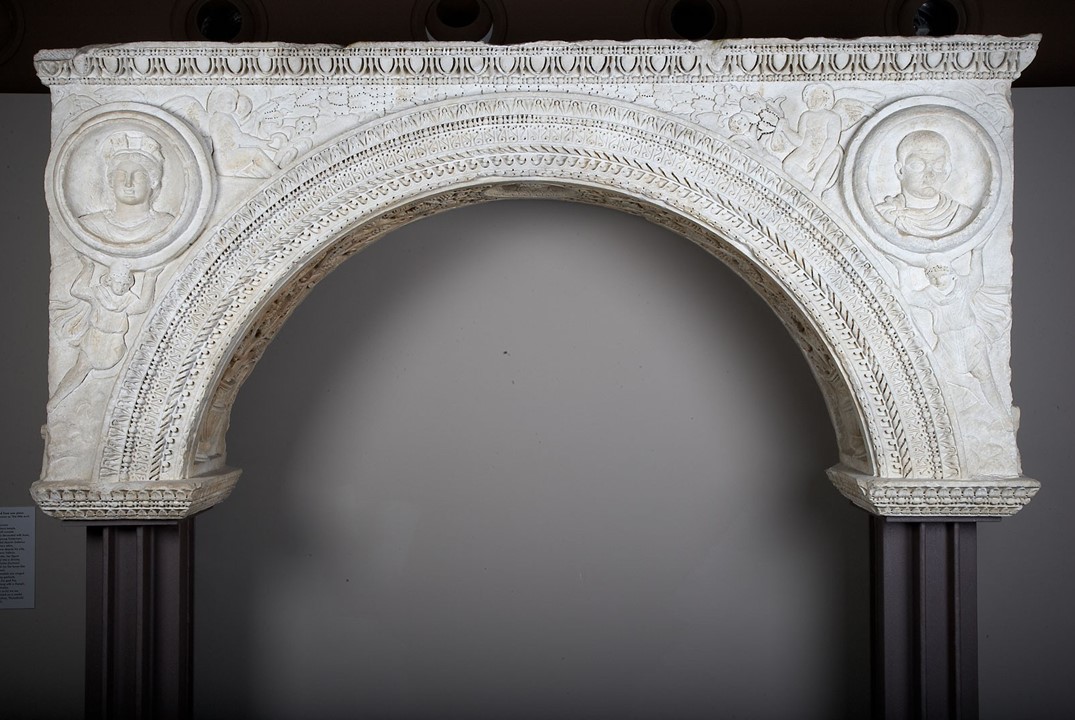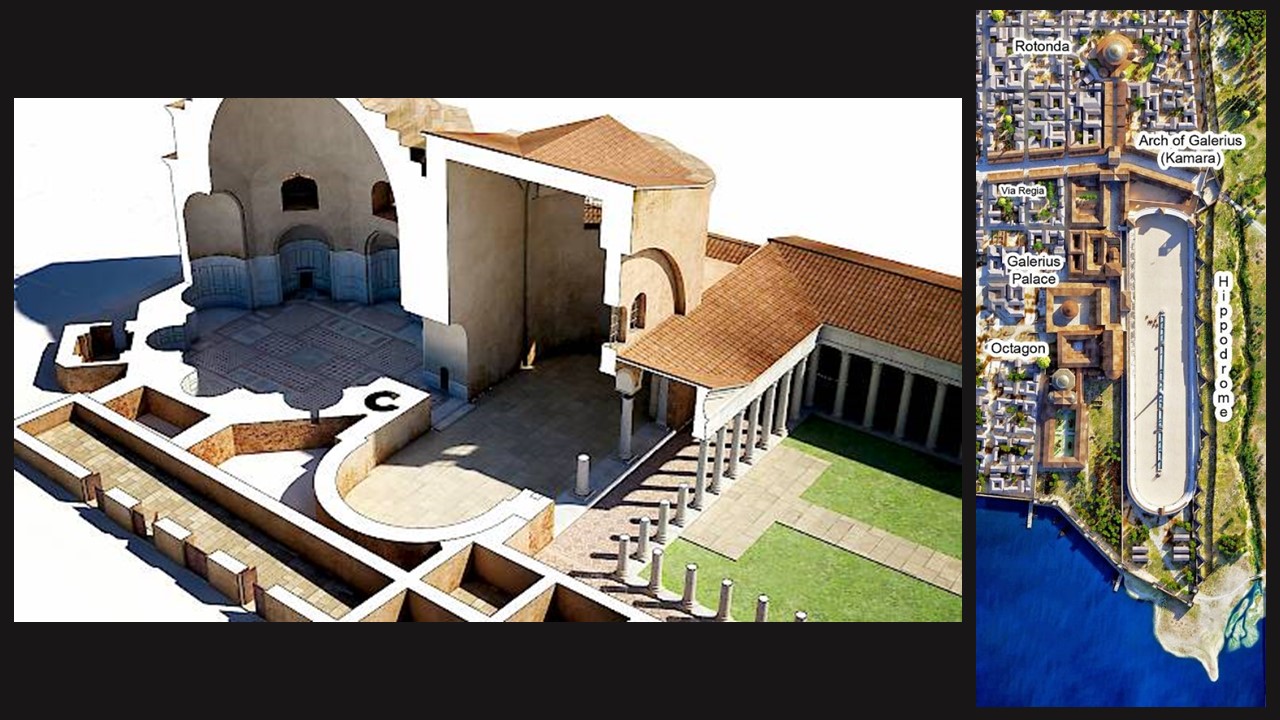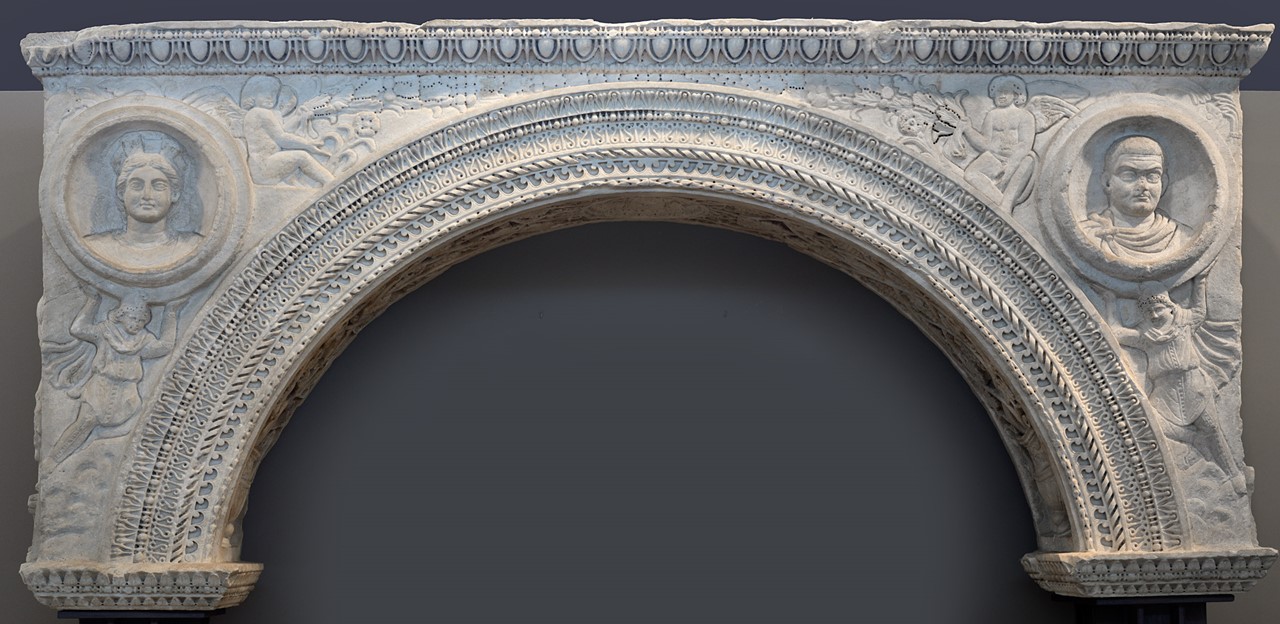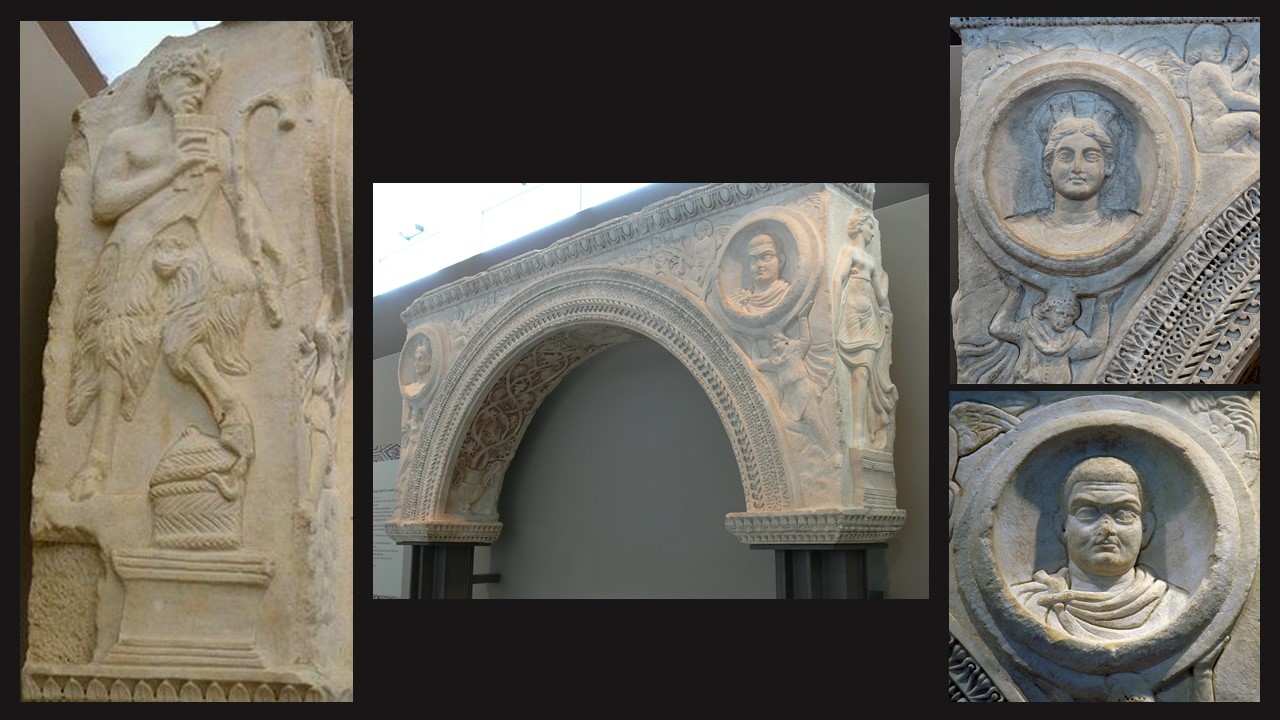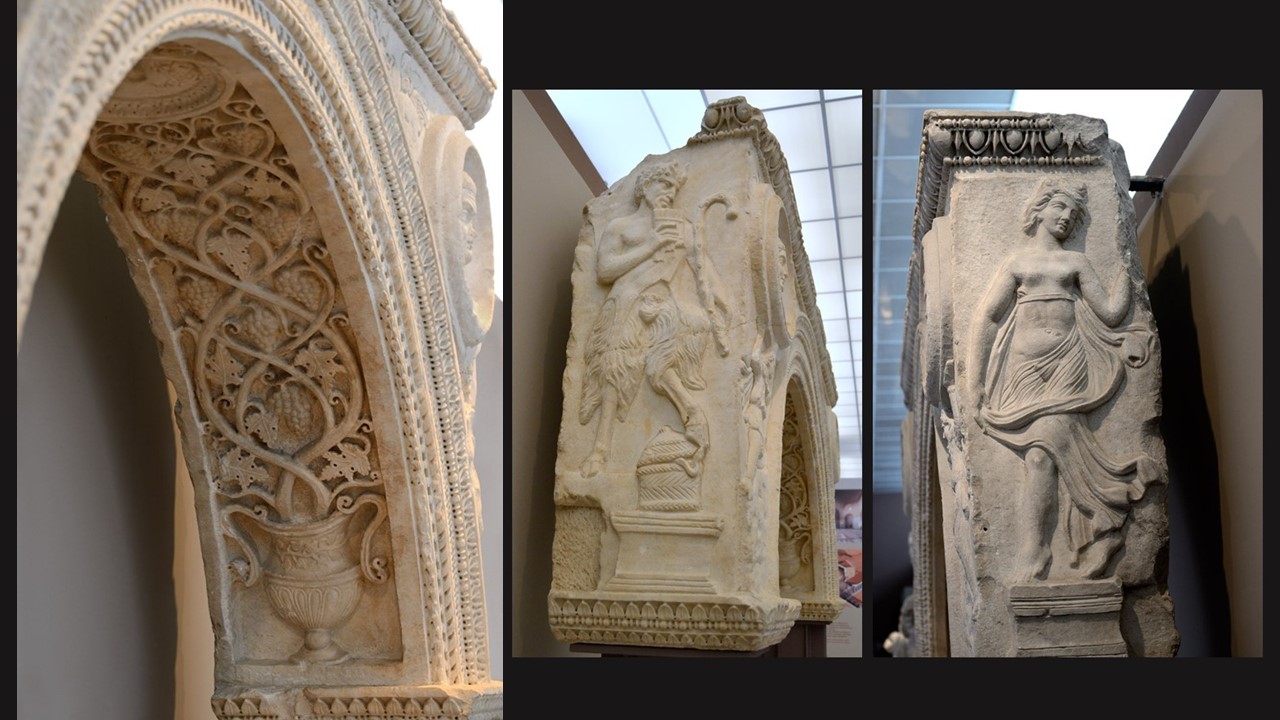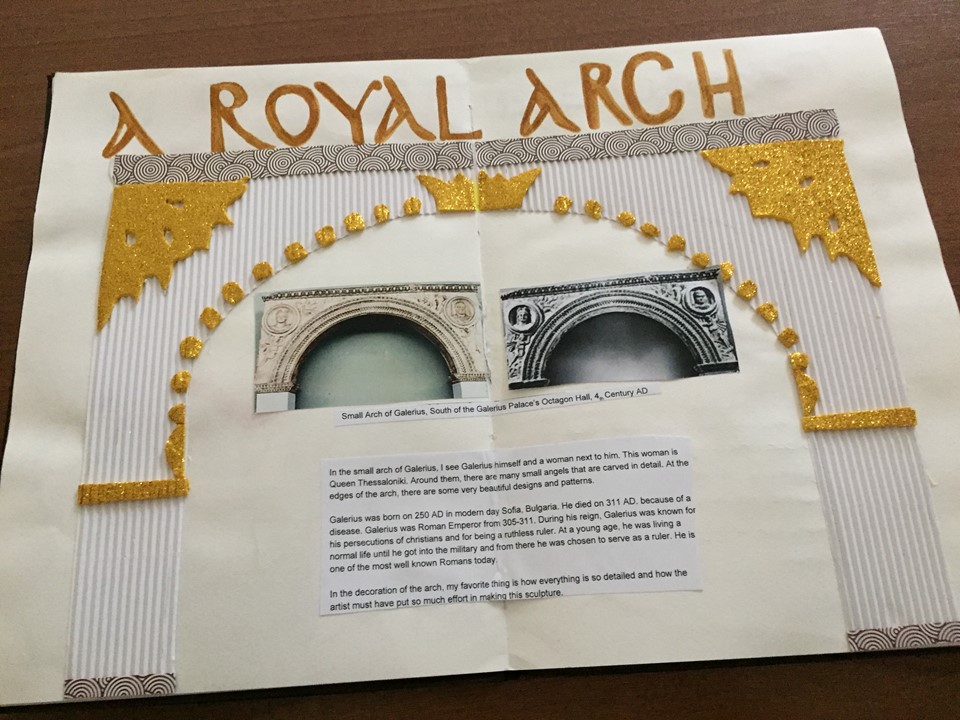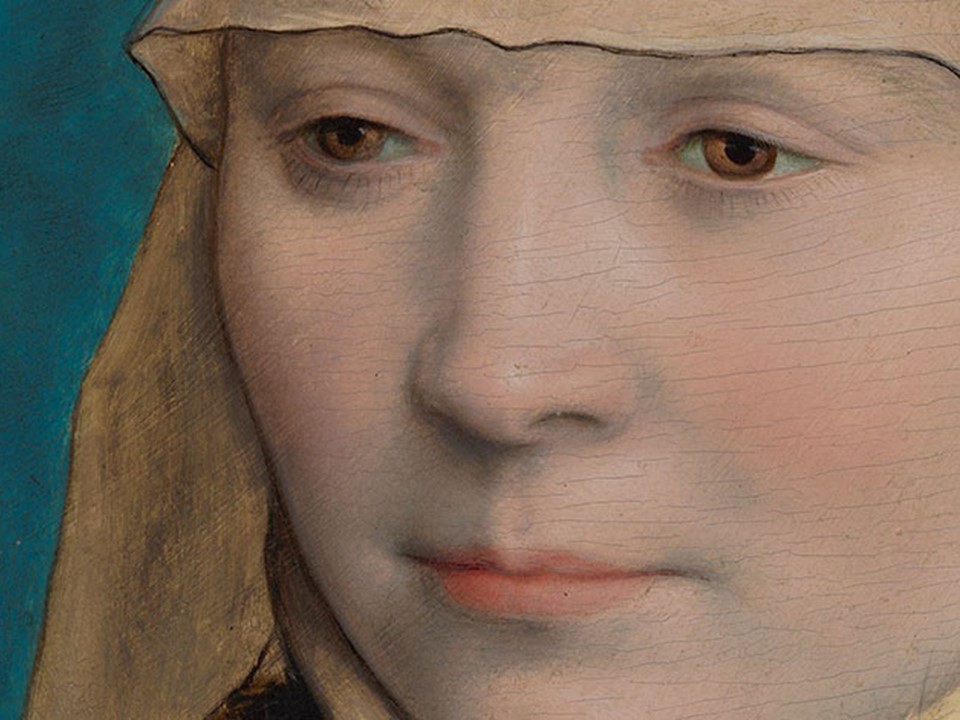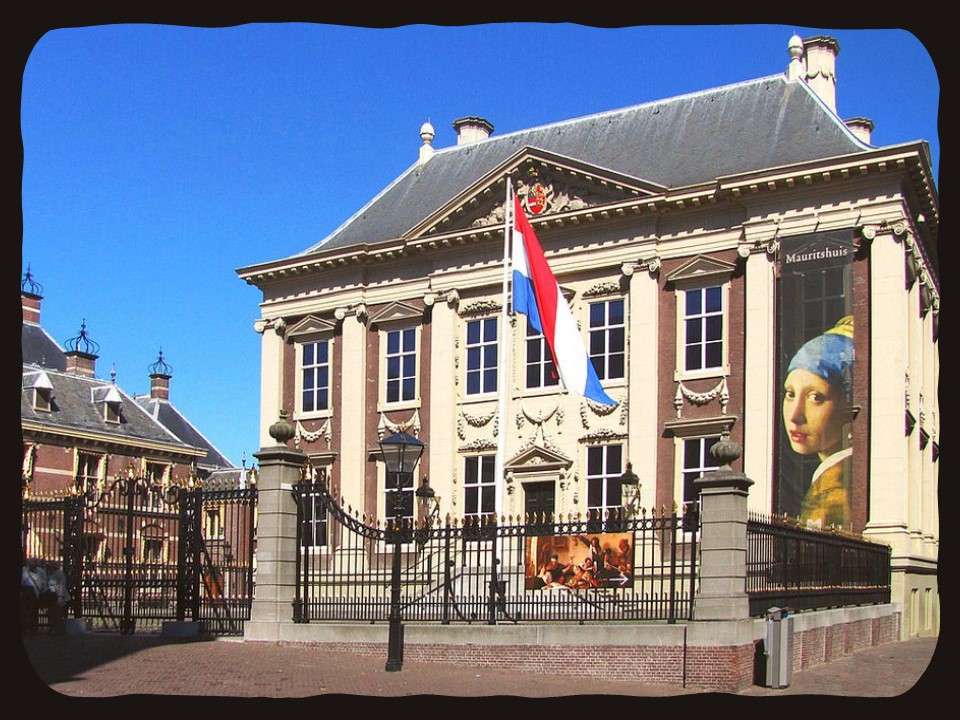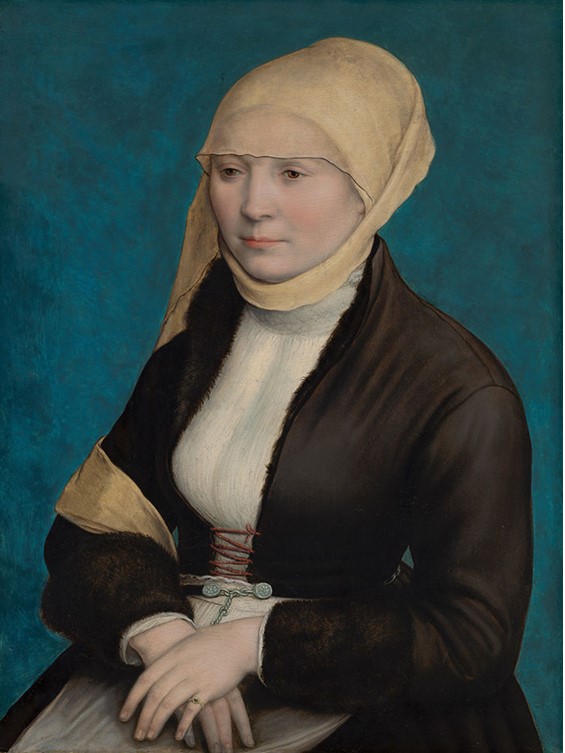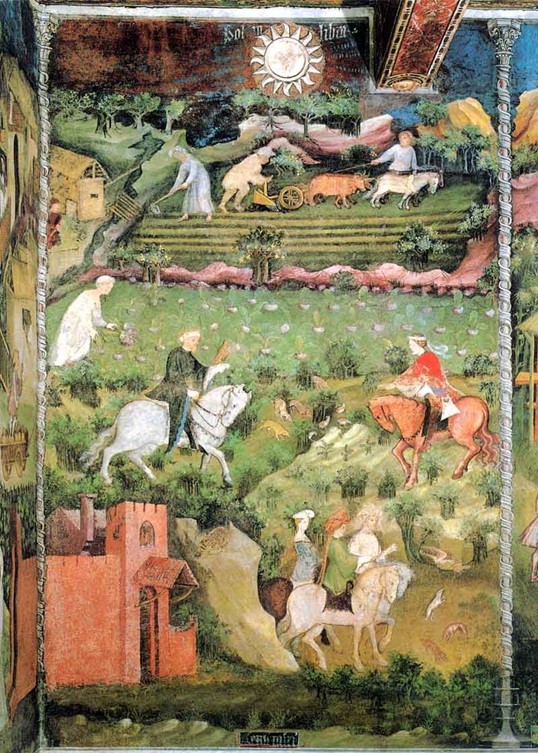
And in September, O what keen delight! / Falcons and astors astors, merlins, sparrow-hawks; / Decoy-birds that shall lure your game in flocks; / And hounds with bells: and gauntlets stout and tight; / Wide pouches; crossbows shooting out of sight; / Arblasts and javelins; balls and ball-cases; / All birds the best to fly at; moulting these, / Those reared by hand ; with finches mean and slight; / And for their chase, all birds the best to fly; / And each to each of you be lavish still / In gifts; and robbery find no gainsaying; / And if you meet with travellers going by, / Their purses from your purse’s flow shall fill; / And Avarice be the only outcast thing. The Month of September is a Sonnet by Folgore Da San Geminiano (c. 1250-1317), is translated by Dante Gabriel Rossetti in his book “Dante and His Circle,” (Roberts Brothers, Boston, 1893). http://www.sonnets.org/folgore.htm
There is no way for the visitor of the beautiful Italian town of Trento to miss Castello del Buonconsiglio, this imposing, impressive and unique example of secular architecture! It is equally impossible for the Trento visitor not to explore the Castello, where, since the 13th century, the prince bishops of Trento resided and embellished with two Palazzos, an Italianate Park, a Gothic-Venetian Loggia and massive Towers.
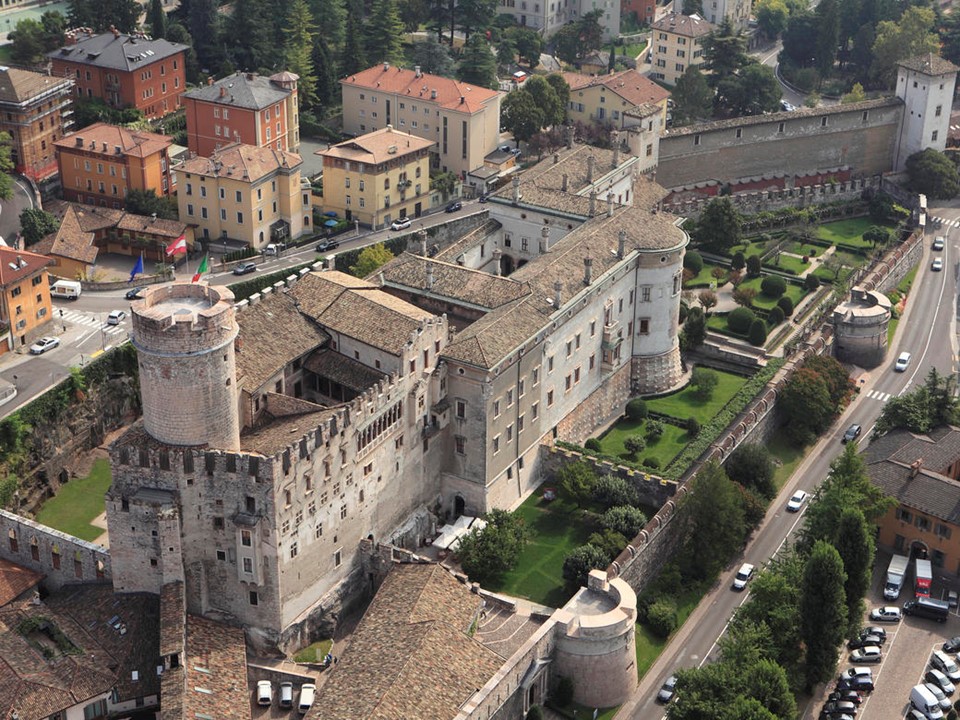
In 1973 the Castello became an Italian regional Museum of Art, known as Castello del Buonconsiglio Museum. This is where the Trento visitor can admire numerous art collections, ranging from paintings and manuscripts to period furniture and local archaeological finds. La piece-de-resistance among the Museum’s treasures is the so-called “Ciclo dei Mesi” in Torre Aquila. https://www.trentino.com/en/highlights/castles/castello-del-buonconsiglio/
“Ciclo dei Mesi” is a favourite theme in the arts of the Middle Ages and the Early Renaissance. Often linked to the signs of the Zodiac, the Cycle of the Months is often perceived as a link between the work of man, the seasons of the year and God’s ordering of the Universe. As a theme, it recurred in the sculptural decorations of cathedrals and churches across Europe, in illuminated manuscripts like the popular Book of Hours, palace frescoes and, rarely, panel paintings.
Trento’s September fresco panel in Torre Aquila is characteristic of Maestro Venceslao’s, the artist who painted the “Ciclo dei Mesi”, creative abilities. It is rich, colourful and informative. It tells us of how hard the Trentino farmers worked and how idle and pleasure-seeking its aristocrats were.
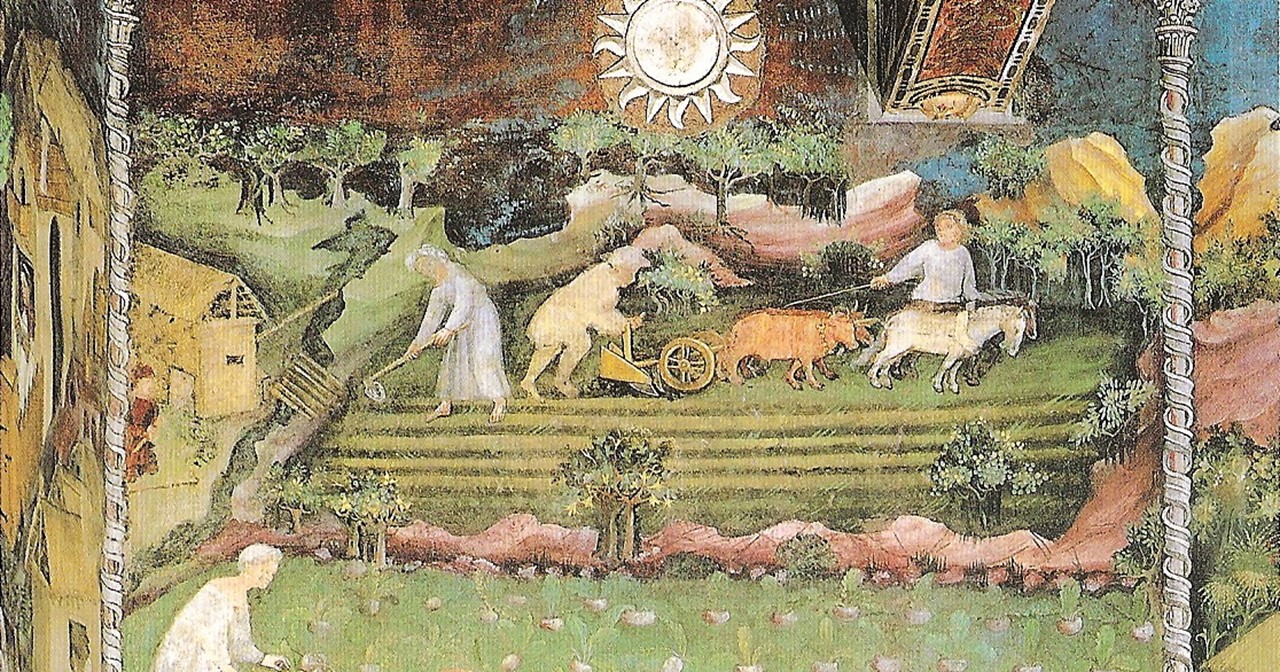
The upper half of September’s composition depicts the typical agricultural activities of the month: the preparation of the land and the harvest of seasonal products. At the very top, a shepherd watches over his sheltered flock, while three farmers across a bridged river plough a well-tended piece of land. The two men are dressed in short light tunics and lead the plough, pulled by a pair of oxen and a horse. The woman, on the other hand, dressed in a white robe but with bare feet works with the hoe along the perfectly traced lines of the furrows. The middle composition presents another peasant woman busy in collecting turnips. The white turnip was very popular at the time. Peasants cultivated turnips in vegetable gardens or in open fields in abundance as, along with cabbages, turnips were the indispensable food for the long winters of northern European territories.
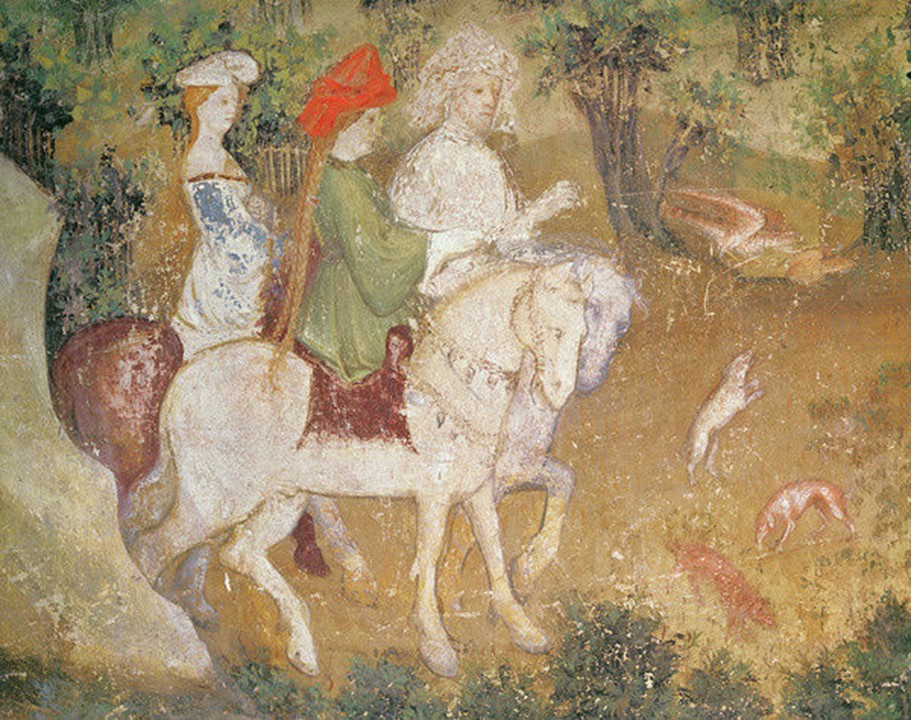
The Trentino aristocrats, however, in the lower half of the composition, are depicted still interested in their favourite entertainment: hunting with a hawk. The same red castle Maestro Venceslao painted in the August scene seems to be the residence of a group of three young aristocrats, galloping and ready to go hunting. A lady and two knights, surrounded by their dogs, are about to practice falconry with their well-trained hawks. They seem eager to join two more gentlemen, depicted higher up in the composition, who are already energetically hunting among the rocks and low bushes of the Trentino landscape. Who knows… they might of Folgore, the poet from San Gimignano, and his September poem on the pleasures of September hunting with birds of prey…
A PowerPoint on Torre Aquila’s frescoes for the Months of August and September is… HERE!
